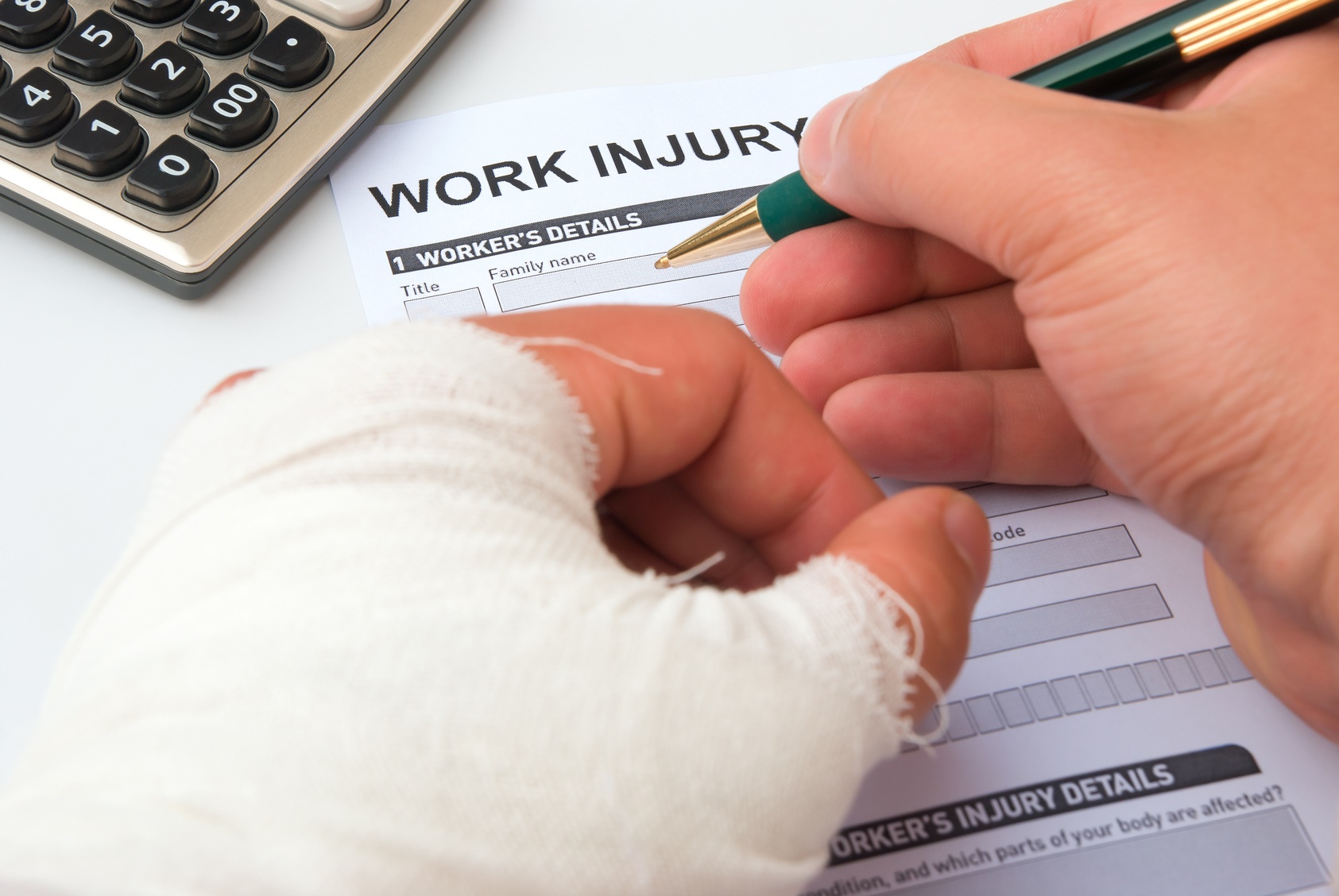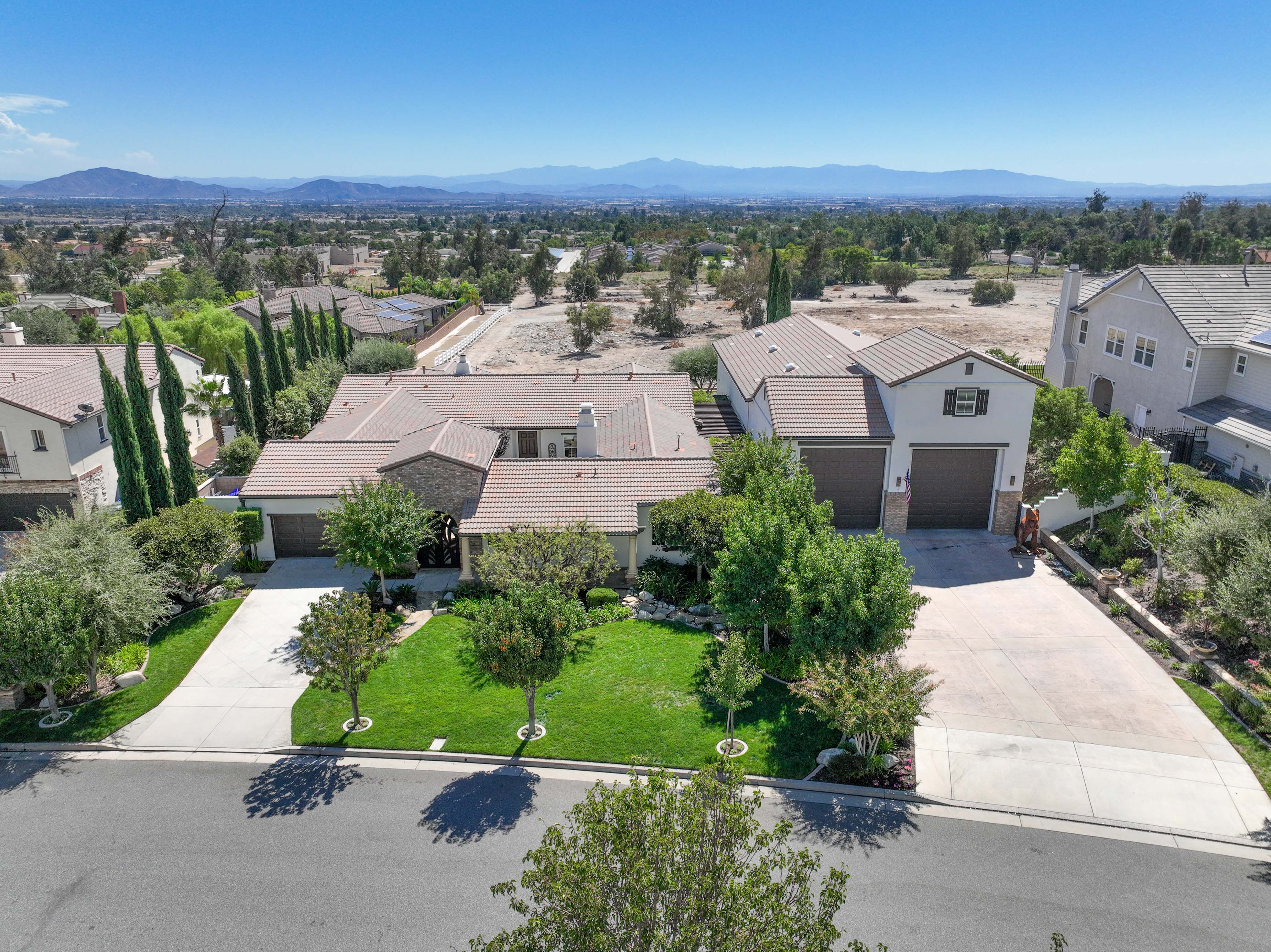THE PRIVETTE DOCTRINE – THE LIABILITY OF OWNERS AND GENERAL CONTRACTORS FOR CONSTRUCTION SITE ACCIDENTS
Introduction
For over 20 years, the “Privette Doctrine” has governed the extent of liability for general contractors and property owners. The doctrine deals with work site injuries suffered by a subcontractor’s employees. In Privette v. Superior Court (1993) 5 Cal. 4th 689, the California Supreme Court held that:
“Generally, when employees of independent contractors are injured in the workplace, they cannot sue the party that hired the contractor to do the work.”
The primary rationale for this limitation on an owner’s or general contractor’s liability is that the employee will usually be covered under the subcontractor’s workers’ compensation policy.
Procedural History
In Privette, the owner of a duplex hired Jim Krause Roofing, Inc. to install a new tar and gravel roof. The roofing company’s foreman directed employee Jesus Contreras to carry buckets of hot tar up a ladder to the roof. While performing this task, Contreras fell off the ladder and was burned by hot tar. Contreras sought workers’ compensation benefits for his injuries, and also sued the owner under the peculiar risk doctrine. The trial court denied the owner’s motion for summary judgment, and the Court of Appeal denied his petition for mandamus. The Supreme Court of California subsequently held the peculiar risk doctrine does not apply in favor of the contractor’s employee.
Peculiar Risk Doctrine
Under the “peculiar risk doctrine,” a person who hires an independent contractor to perform work that is inherently dangerous can be held liable for tort damages when the contractor’s negligent performance of the work causes injuries to innocent third parties, such as owners of neighboring properties.
By imposing such liability without fault on the person who hires the independent contractor, the doctrine seeks to ensure; (1) that injuries caused by inherently dangerous work will be compensated; (2) that the person who benefits from the contracted work bears responsibility for any risks of injury to others; (3) and that adequate safeguards are taken to prevent such injuries.
Courts differ, however, on whether to extend the doctrine to the contractor’s own employees. A minority of jurisdictions have permitted such employees to seek recovery from the person who hired the contractor. But those decisions never addressed the potential conflict between the peculiar risk doctrine and the system of workers’ compensation. The Privette Court in California confronted this issue.
Workers’ Compensation and the Exclusive Remedy Rule
When an employee of the independent contractor hired to do dangerous work suffers a work-related injury, the employee is entitled to recovery under the state’s workers’ compensation system. That statutory scheme, which affords compensation regardless of fault, advances the same policies that underlie the doctrine of peculiar risk.
Thus, when the contractor’s failure to provide safe working conditions results in injury to the contractor’s employee, additional recovery from the person who hired the contractor – the non-negligent party – advances no societal interest that is not already served by the workers’ compensation system. Accordingly, the Privette Court joined the majority of jurisdictions in precluding such recovery under the doctrine of peculiar risk.
Court’s Reasoning for Precluding Such Recovery under Doctrine of Peculiar Risk
The “principal” who hires an independent contractor should be subject to no greater liability than its independent contractor agent whose exposure for injury to an employee is limited to providing workers’ compensation insurance. Further, the worker’s compensation exclusivity rule, which shields an independent contractor who pays workers’ compensation insurance premiums from further liability to its employees for on-the-job injuries, should equally protect the property owner who, in hiring the contractor, is indirectly paying for the cost of such coverage, which the contractor presumably has calculated into the contract price.
Courts and legal commentators have expressed concern over this. They contend that to allow an independent contractor’s employees who incur work-related injuries compensable under the workers’ compensation system to also seek damages under the doctrine of peculiar risk from the person who hired the contractor would give those employees an unwarranted windfall. It would give those employees something that is denied to other workers. This includes the right to recover tort damages for industrial injuries caused by their employer’s failure to provide a safe working environment.
Further, when a property owner or general contractor who hires an independent contractor for work presenting a peculiar risk of harm to others is held liable under the doctrine of peculiar risk for injuries to an innocent bystander or owner of a neighboring land, the property owner or general contractor may obtain equitable indemnity from the independent contractor responsible for the injuries for the damages paid to the injured party. However, when the person injured is an employee of the independent contractor, the exclusivity provisions of the workers’ compensation scheme shield the negligent contractor from an action seeking indemnity against them. As such, affixing liability without indemnification places an onerous burden on someone who is fault-free.
Exceptions to Privette Doctrine
- Claims involving a breach of a non-delegable duty imposed by statue;
- Arising out of injuries caused by defective equipment supplied by the general contractor or property owner;
- Based on a failure to warn of a hidden dangerous condition;
- And/Or claims where a general contractor or property owner retains control over a jobsite in such a manner that it affirmatively contributed to the employee’s injuries.
Recent Decision in Seabright Insurance Company v. U.S. Airways, Inc.
In 2011, the California Supreme Court refined the Privette Doctrine in Seabright Insurance Company v. U.S. Airways, Inc. when it addressed the following question:
“whether the Privette rule applies when the party that hired the contractor failed to comply with workplace safety requirements concerning the precise subject matter of the contract, and the injury is alleged to have occurred as a consequence of that failure.”
The Court held a general contractor or other hirer of an independent contractor delegates to the independent contractor “any tort law duty it owes to the contractor’s employees to ensure the safety of the specific workplace, including any tort law duty the hirer owes to the contractor’s employees to comply with applicable statutory or regulatory safety requirements.
In Seabright, the injury claim was based on the hirer’s alleged failure to comply with the California OSHA. Since the duty to comply with the Cal-OSHA regulations was deemed delegated to the independent contractor. Therefore, the Court found no liability could be imposed on the hirer.
Conclusion
These recent Supreme Court decisions strengthens the defenses offered to those who hired independent contractors when the independent contractor’s employee is injured at the workplace. These decisions places greater onus on independent contractors to ensure that the workplace is safe for its employees. The implication for plaintiffs is that absent an affirmative act or omission causing injury by the property owner or general contractor, the workers’ compensation will be the exclusive remedy for injuries sustained at the workplace.
Michael J. Libutti is a Broker and Attorney at Class Realty Group’s San Diego office. Reach him by email at mlibutti@classrealtygroup.com or by phone at 858-220-4295.






